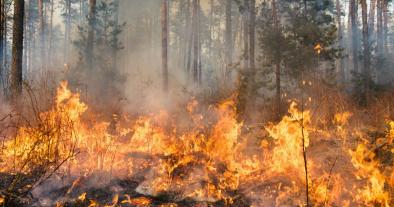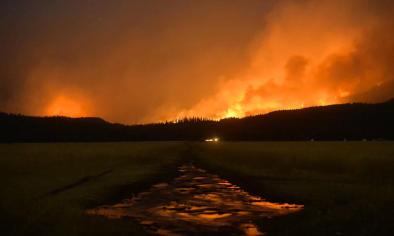Science Source
Precipitation Deficit Flash Droughts over the United States
- Defines flash drought as relatively short periods of warm surface temperature and anomalously low and rapid decreasing soil moisture (SM)
- States these events are classified into two categories: heat wave and precipitation P deficit flash droughts
- Defines heat wave flash droughts as resulting from the confluence of severe warm air temperature Tair, which increases evapotranspiration (ET), and anomalously low and decreasing SM
- Explores a second type of flash drought caused by precipitation deficits, termed P-deficit flash droughts
- States that precipitation deficits cause ET to decrease and temperature to increase
- Analyzes the P-deficit flash droughts based on observations for the period 1916–2013
- Finds that P-deficit flash droughts are more common than heat wave flash droughts
- Finds they are about twice as likely to occur as heat wave flash droughts over the conterminous United States
- Finds they are most prevalent over the southern United States with maxima over the southern Great Plains and the Southwest, in contrast to heat wave flash droughts that are mostly likely to occur over the Midwest and the Pacific Northwest, where the vegetation cover is dense
Related Content
Headline

Nov 30, 2017 | Great Falls Tribune
Montana fire season 'pretty much over'
Headline

Nov 30, 2017 | Mother Jones
Forget flash floods. Flash droughts are even more terrifying.
Headline

Nov 30, 2017 | The Guardian
The unprecedented drought that's crippling Montana and North Dakota
Headline

Nov 30, 2017 | The Billings Gazette
Extreme drought hits northeast Montana, has farmers praying for rain


